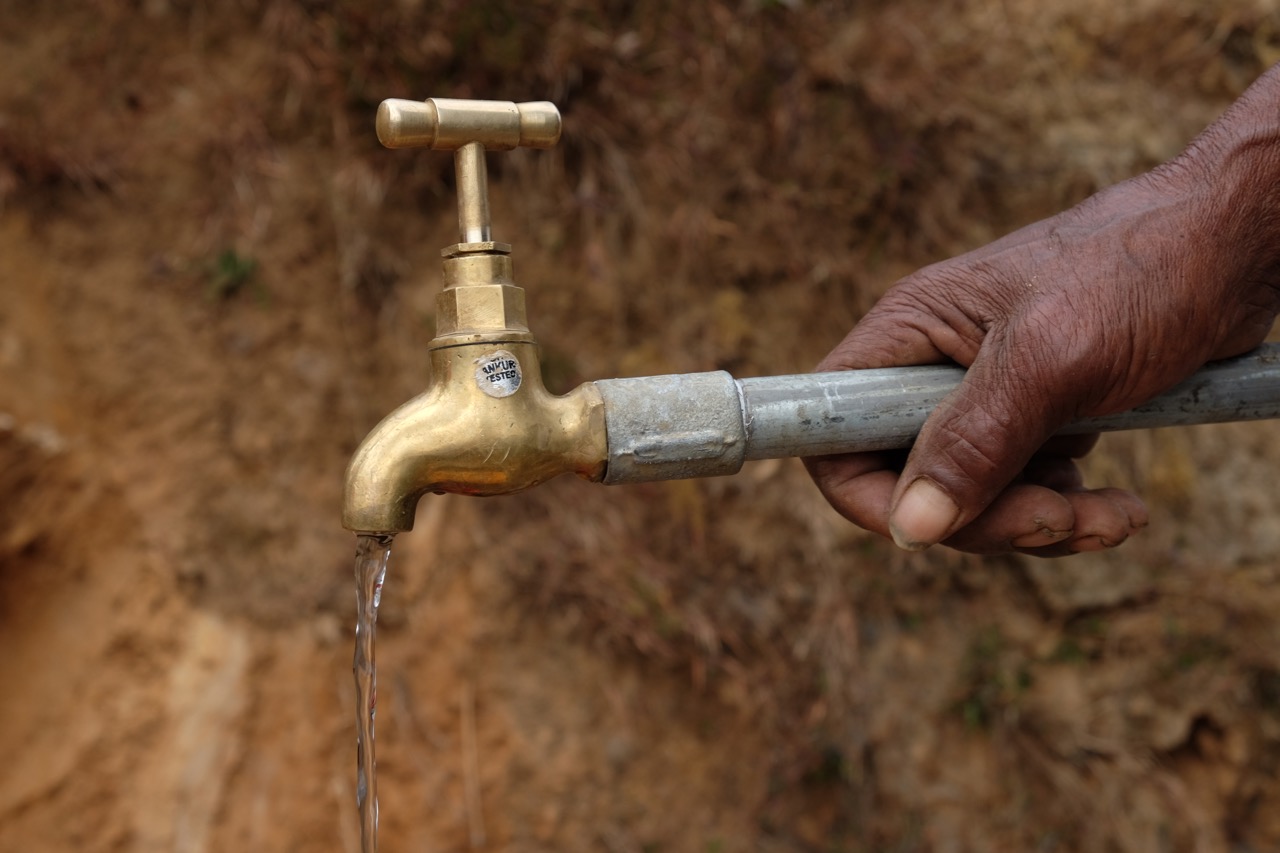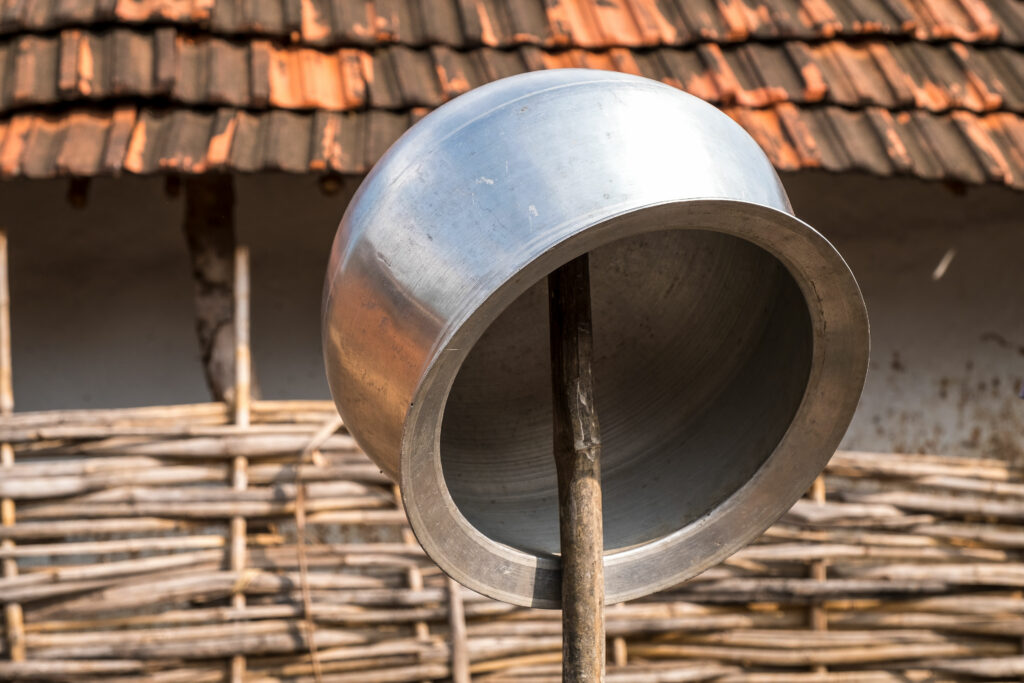Throughout the Covid-19 crisis, healthcare centres across the world have been under pressure like never before.
A 2020 report by the World Health Organisation identified major global gaps in WASH services: one third of health care facilities don’t have what is needed to clean hands where care is provided; one in four facilities have no water services, and 10% have no sanitation services. This means that 1.8 billion people use facilities that lack basic water services and 800 million use facilities with no toilets.
Only 27% of the population (in Nepal) has access to adequate sanitation and 30% lack access to safe drinking water. The main causes of morbidity are diarrhoeal disease, dysentery, cholera and typhoid.
WHO/UNICEF

Gathering data
In 2021, Frank Water worked with our Nepalese partner, Lumanti, to conduct a baseline survey of 23 health centres that serve 35,000 people across the Kathmandu Valley in Nepal. The results of the survey demonstrate that there are serious issues regarding the provision of health services in Nepal that reflect global trends in health provision across lower and middle income countries.


Building better Health Centres
In response to the data we’ve gathered, we’ve started work with three municipalities in the Kathmandu Valley. First, we’ll agree joint action plans that respond to WASH needs of the centres. Infrastructure requirements will be funded by the government, building a sustainable system around the health centres that will ensure ongoing support and ownership by communities and local government.
We’ll spend two years (2021 – 2023) assessing and implementing feasible ways of improving water supply, building and improving toilets and creating easy access washing facilities. And, we’ll ensure safe on installing ante- and post-natal facilities such as placenta disposal units and ensuring that hygienic conditions are available for pregnant women and new mothers.
23
23 healthcare facilities will have access to safe water, toilets and good hygiene
23 healthcare facilities will have access to safe water, toilets and good hygiene
35,000
35,000 people in rural Nepal can access good healthcare and stay healthy
35,000 people in rural Nepal can access good healthcare and stay healthy




